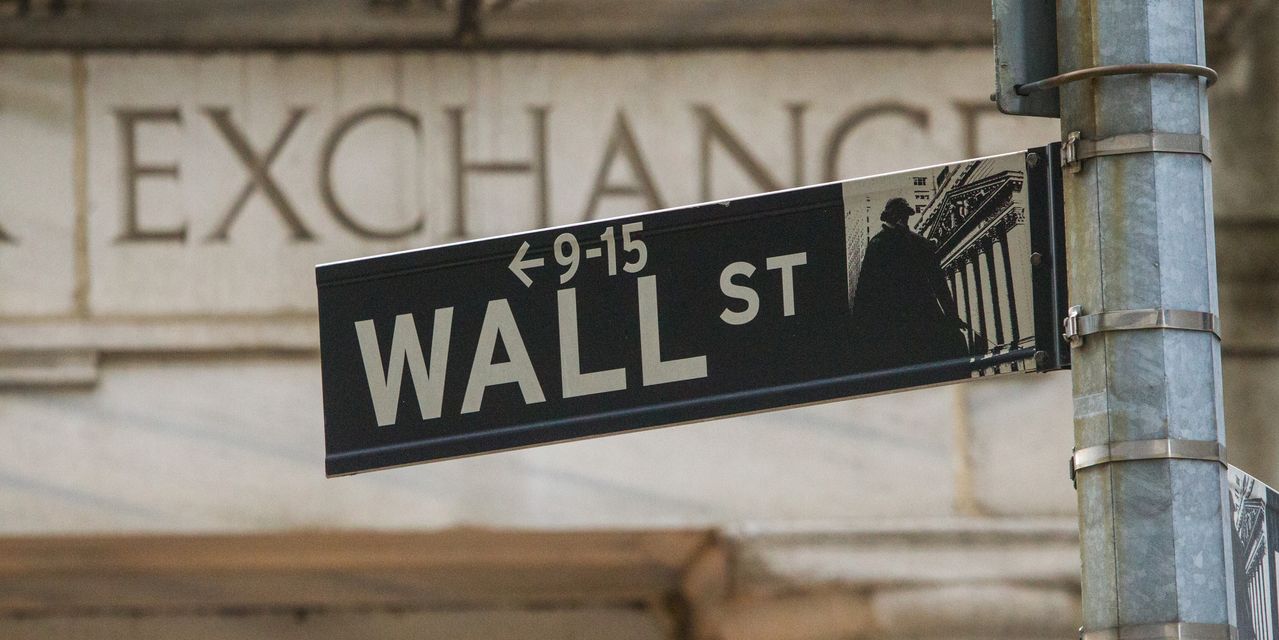A closely watched gauge of expected U.S. stock-market volatility broke out to its highest reading since March on Friday. That’s still probably not enough to tempt contrarians to buy the dip in stocks as the S&P 500 index tests important support levels, according to a top Wall Street technical analyst.
The Cboe Volatility Index
VIX,
known by its ticker symbol VIX and sometimes referred to as Wall Street’s “fear gauge,” jumped as high as 21.83 on Friday. That was its highest intraday reading since late March. On Thursday, the index snapped a streak of 101 trading days without a close above 20 according to Dow Jones Market Data. That was its longest such run since a 126-day streak that ended on Oct. 9, 2018.
“No, given the underlying breadth issues in the market, I don’t view it as a buy signal despite more often than not it has been after streaks like this,” Jonathan Krinsky, chief market technician at BTIG, told MarketWatch Friday.
Breadth — measures of the number of stocks gaining ground versus losing ground — has remained weak.
The VIX hit an intraday peak just shy of 31 in March as fears over regional banking woes pressured markets. The VIX is an options-derived gauge of expected S&P 500
SPX
volatility over the coming 30 days. It has a long-run average just shy of 20. Readings that signal extreme calm are often viewed as sell signals, while extreme highs can accompany selling frenzies.
But investors should be wary of reading too much into the index’s move.
“The VIX is most times a function of the velocity of the S&P 500, and therefore, it is most certainly not a leading indicator,” said technical analyst Mark Arbeter, president of Arbeter Investments LLC.
That means when the S&P 500 goes down “quick and hard, the VIX
will spike,” he said, noting that a 5%-plus decline in the S&P 500 in three or four days, for example, will get the VIX moving quickly higher. The same decline over 10 or more days won’t do a lot to the VIX.
Analysts note the VIX, while breaking out to its highest since spring, has nonetheless been relatively subdued. It remains, for instance, below its 2022 average of 25.5, noted strategists at UBS in a Friday note.
The VIX pulled back from its early peak on Friday, and was down 0.3 point at 21.09 in recent trade. The S&P 500 was off 0.5% near 4,254, on track for a weekly loss of 1.7%, while the Dow Jones Industrial Average
DJIA
headed for a weekly decline of 1.1%. The S&P 500 was off its session low after testing support near its 200-day moving average around 4,233.
Analysts said Friday weakness may reflect jitters heading into the weekend around the Israel-Hamas war, though the overall effect on assets has so far been relatively subdued. Oil futures remain in focus for investors in other assets, with potential disruptions of energy supplies as a result of the fighting seen as the biggest risk to markets and the global economy.
Treasurys rose Friday, pulling back yields, but have sold off sharply since the start of the war, failing to attract strong haven bids that often accompany periods of heightened geopolitical tensions. The 10-year Treasury note yield
BX:TMUBMUSD10Y
on Thursday flirted with the psychologically important 5% level after hitting another round of 16-year highs this week.
See: 70% chance Israel-Hamas war spreads beyond Gaza, threatening oil, strategist warns
Crude futures
CL.1,
BRN00,
were on track for weekly gains, but remain below 2023 highs set in late September before the Oct. 7 Hamas attack on Israel.
“The usual trade that we see in situations like this with enhanced geopolitical risk is flight to safe currencies, like US dollar, Swiss franc, Japanese yen, and more importantly flight to US Treasuries. But we are not seeing this at all,” said Enrique Diaz-Alvarez, chief risk officer at financial services firm Ebury, in a Friday note.
“Markets have been extremely blasé so far. They are pricing in almost no financial or macroeconomic impact, even the oil price has barely budged since the attacks,” Diaz-Alvarez wrote.



